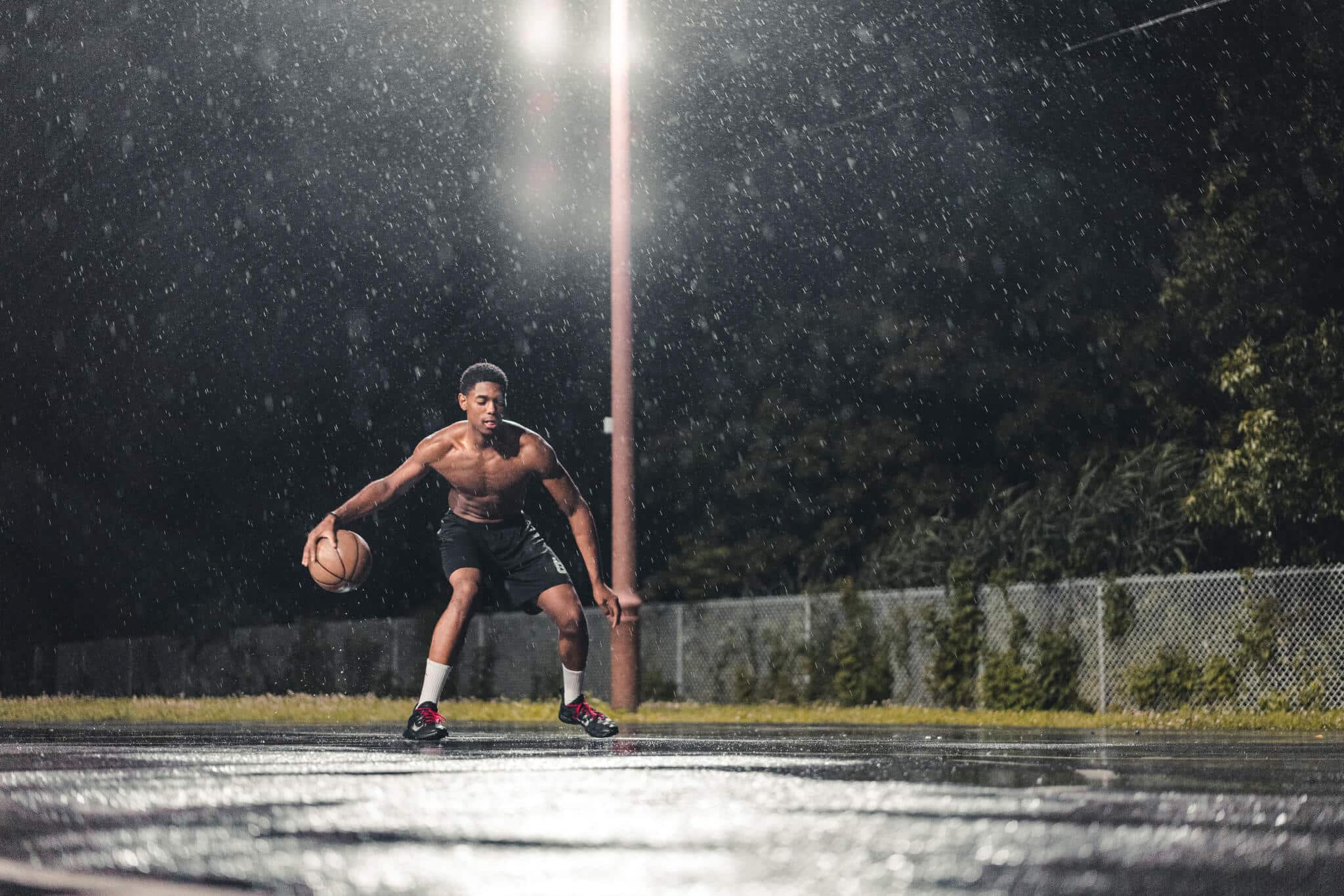5 Facts About Choosing A Knee Brace For Running
Running can be exhilarating, fill you with a sense of accomplishment and keep you active, but it can also be extremely tough on your knees. With all the pounding they receive step after step, the knees are one of the most commonly injured body parts for runners. Injuries range from the mild (like a strained knee) to the severe (an MCL tear). There’s even a whole knee injury named after runners (runner’s knee). That’s how common knee injuries are in those who hit the road or the track. However, an orthopaedic knee brace for running can help you to recover from knee injuries more efficiently and can also help prevent their recurrence. Here are five pieces of information all runners should know about knee braces:
Different Knee Braces Are Meant For Different Knee Injuries
When it comes to choosing a knee brace for running, one size definitely does not fit all. Different knee injuries, stages of injury and chronic conditions require different types of knee braces. There are four common types of knee braces: bands and straps, sleeve, wraparound and hinged.
Runners mostly use bands and straps to treat runner’s knee, patellar tendonitis or acute knee pain. These are designed to apply a comfortable, effective pressure on the knee to help alleviate pain. Simple to wear and easy to put on, straps can be worn during daily activities and sports.
Sleeves and compression braces can minimize the aches and pains from mild to moderate chronic knee pain and arthritis. These support braces redistribute the weight-bearing load and improve the ability to perform your best during training and sports while decreasing pain from day-to-day movement.
Wraparound styles for runners provide bracing solutions for mild to moderate knee pain, patellar instabilities and dislocation. They are simple and easy to put on and take off, allowing you to customize the fit for ultimate comfort and knee protection. You can wear wrap-style bracing while running and it will allow you to focus on your performance.
Hinged knee braces are more rigid, thereby providing more support but with less mobility. They minimize the extension of the leg, and are the ideal choice for individuals who are struggling with more severe knee injuries that require added support and stabilization, such as ACL, PCL, or MCL ligament tears.
Combine A Knee Brace For Running With Strengthening Exercises For Best Results
The root cause of knee pain and knee injuries can commonly be traced back to other structures in the body that are weak and thus force the knee to bear the brunt of any stresses that the leg absorbs during a run. Two of these structures are the ankles and the hips. Following a physiotherapy regimen that includes strengthening the ankles and the hips while using knee braces for their effect on blood flow, stability and compression to the injured area will help to bolster the healing process.
The main duty of the ankle is to hinge, enabling the knee and hip to synergistically work together in creating movement. Stiff, rigid ankles are common, which can lead to injury and discomfort. Try exercises like band distractions to loosen stubborn ankle joints. They can enhance range of motion, get nutrients into cartilage and alleviate pain.
Similarly, the TFL (Tensor Fasciae Latae) is a small muscle located at the side of your hip just below the crest of your pelvis. When tight and bound up, this little muscle can cause big problems with your knee by pulling through the IT band and causing pain on the outside of the knee. Stretching the TFL and ensuring it is loose is another way runners can strengthen an injured knee in conjunction with using a knee brace for running .
Knee Braces Are For Injury Prevention As Well As Treatment
Like any other athlete, runners would rather take steps to prevent an injury rather than treat one. Knee braces can help runners stay away from common injuries sustained while running, such as MCL tears, meniscus tears, knee sprains, patellar tendonitis, IT band syndrome and runner’s knee.
Much of prevention comes down to stabilizing and strengthening the knee. You can do this in two ways. First, runners can work to strengthen the areas around the knee, such as the glutes, hips, quadriceps and ankles. This helps reduce the stress and weight borne by the knees. The second is to use knee supports to provide extra support and artificially strengthen the knee and surrounding bodily structures.
Knee braces, especially wraps and sleeves, offer compression and stabilization, both of which help to redirect the stress and weight you transfer to the knee when running. This helps to reduce the wear and tear on the knee while also helping it recover quicker from any very small incidences of injury that may go unnoticed by runners until they build up and result in a bigger injury. Lastly, a well designed knee brace for running can help stabilize the knee when running on uneven ground, such as trails. This means that one small slip or getting your foot caught in a rut will have less of a chance of sidelining you for days, weeks or even months.
Knee Braces Can Help Treat Chronic Knee Pain
Arthritis in the knee can be a nefarious injury to an avid runner, but it doesn’t have to be a death sentence to your training regimen. A good knee brace for running can help to alleviate the symptoms of arthritis and other common and chronic knee injuries.
An arthritic knee brace is specifically intended for people with arthritis. Arthritis causes the space between joints to decrease over time, which leads to the bones rubbing together. Arthritic knee braces will minimize the contact between the bones, creating less pain while you run. Additionally, through the use of customizable compression, you can reduce the soreness and swelling associated with arthritis.
Knee sleeves can also provide cushioning, structure, and warmth as well as completely redistribute the weight on your knee joint. This can relieve pressure from one area, and spread it across the knee.
Beyond freedom from pain, many patients claim that the best knee braces for arthritis offer peace of mind. They also note that the brace serves as a reminder to be more aware of the pressure they’re putting on their knees and to avoid activities that cause undue pressure.
There Are Several Factors To Consider When Choosing The Right Knee Brace For Running
Although it may seem like a simple exercise to choose the perfect knee brace for running, it’s extremely crucial that runners do their homework when it comes to selecting the knee brace that will help them best.
Factors include:
Pricing: – Knee braces can range in price from ten dollars to hundreds of dollars. You need to establish a budget for your purchase while also having a clear idea of the type of knee support that can best meet your needs.
Average User Rating: Before making the purchase, thoroughly review the user ratings and experiences of previous buyers to establish whether the claims made been borne out.
Breathability: Your knee brace will need to provide maximum comfort while running. Ensure that its fabric is lightweight and “breathable” for optimum ventilation.
Mobility: In the event of more serious injury or arthritis, you may need a brace that minimizes mobility. If this isn’t essential, seek out a brace with an open patella that allows you to extend your knees fully while running. Alternatives like bands or athletic tape will also provide greater mobility.
Support- Determine the amount of knee support you will need from your knee brace.
Compression: Determine the amount of compression you will require. Some knee supports have fixed compression but others are adjustable.
Specific Conditions: You my be using your knee support to reduce knee pain while running or to treat runner’s knee, arthritis, patella injury or a strain. You may be using it just to prevent future injury. Whatever the reason, ensure that the knee brace you buy can cater to that specific purpose.
For more information on getting the most from your knee brace, please review our post on six common knee brace questions and answers.







